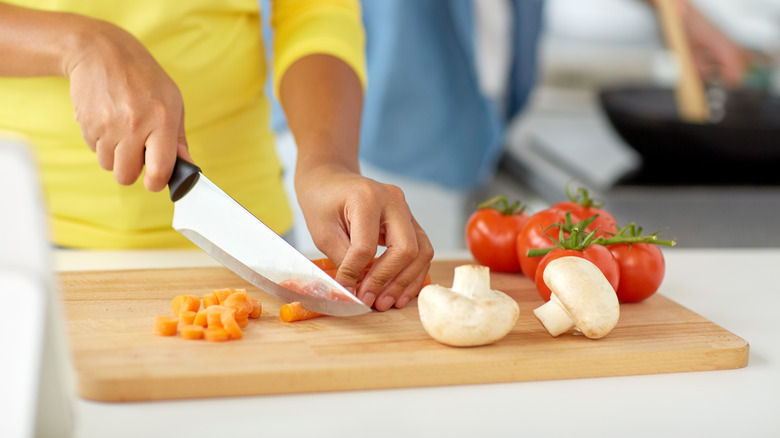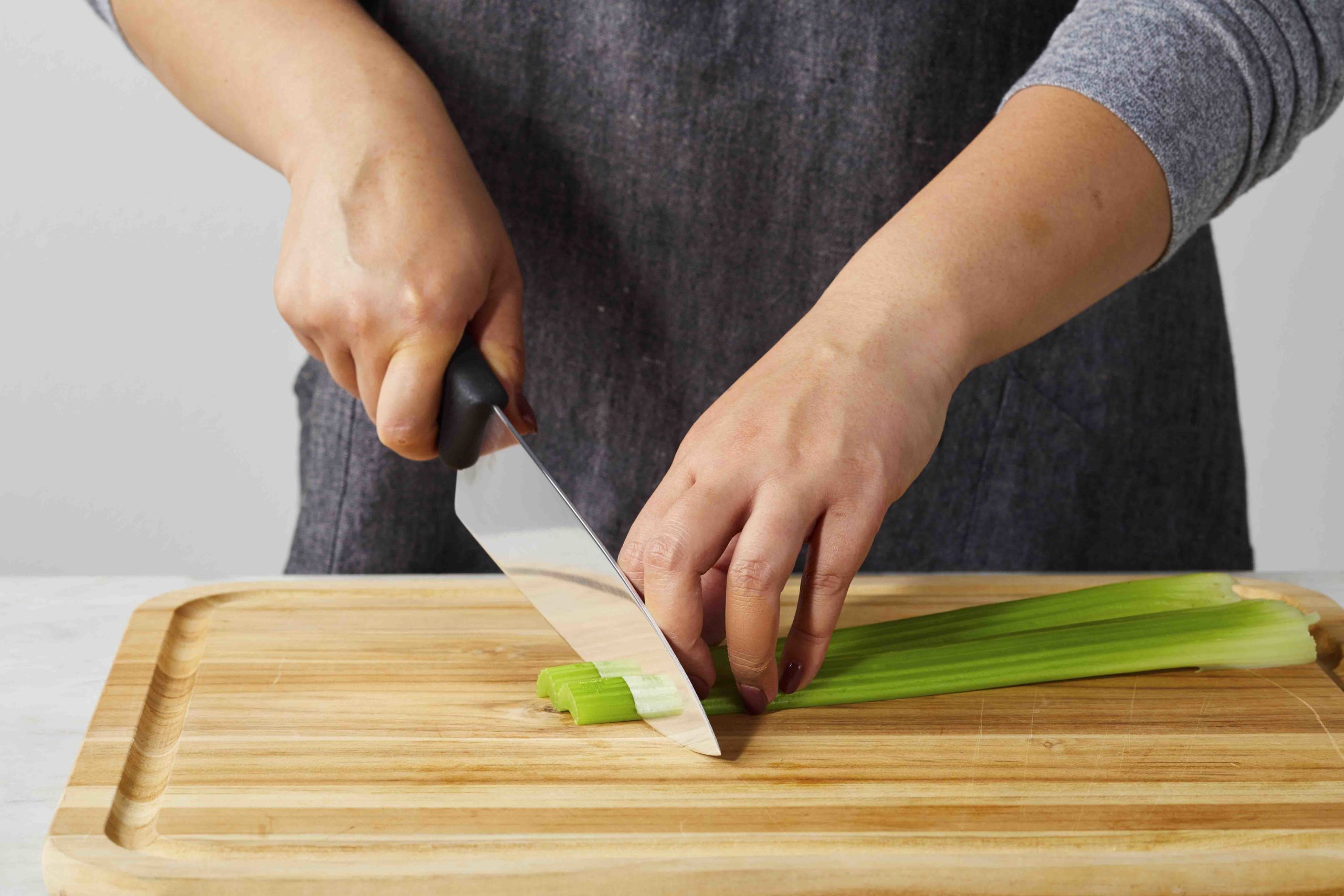What Angle to Sharpen Fillet Knife for BBQ Perfection?
Written By James Morgan
For barbecue enthusiasts, a well-sharpened fillet knife is as essential as a perfectly marinated steak. The primary keyword here, what angle to sharpen fillet knife, is crucial for achieving those paper-thin slices that make your BBQ dishes stand out. Knowing the right angle not only enhances your knife's performance but also prolongs its lifespan. In this article, we'll delve deep into the optimal sharpening angles, techniques, and tips that will elevate your BBQ game.

Understanding Knife Angles: The Basics
When it comes to sharpening your fillet knife, the angle at which you sharpen can make a significant difference. The common angles for sharpening knives range between 10 to 30 degrees. However, for a fillet knife, a more precise angle is often required.
The Ideal Angle for Fillet Knives
The perfect angle for sharpening a fillet knife falls between 18 to 22 degrees. This range strikes a balance between sharpness and durability. A lower angle (around 15 degrees) will make the knife incredibly sharp but may not retain its edge for long. Conversely, a higher angle (around 25 degrees) will give you a more durable edge but may sacrifice some of the knife's cutting finesse.

Why Angle Matters
You've probably heard the saying, 'It's a poor craftsman who blames his tools.' Yet, even the most skilled BBQ master can't work miracles with a dull knife. The angle at which you sharpen your fillet knife directly affects its performance. Here's why:
- Sharpness: A sharper angle (closer to 15 degrees) yields a keener edge, perfect for precise cuts.
- Durability: A wider angle (20-25 degrees) offers a more robust edge that withstands more substantial tasks.
- Versatility: Finding that sweet spot between 18 to 22 degrees ensures your knife is both sharp and durable.
Sharpness vs. Durability
The balance between sharpness and durability is a constant juggling act for barbecue enthusiasts. A sharper knife will offer cleaner, more precise cuts but may require more frequent sharpening. On the other hand, a more durable edge will need less maintenance but may not perform as well in delicate tasks.
For a BBQ enthusiast aiming for that perfect fillet, sticking to an angle between 18 to 22 degrees is ideal. It provides the right mix of sharpness and durability, ensuring your knife is always BBQ-ready.

Techniques for Sharpening Your Fillet Knife
Now that you understand the importance of the angle, let's discuss how to achieve it. You have several options for sharpening your fillet knife:
Using a Whetstone
A whetstone is one of the most effective tools for sharpening a fillet knife. Heres how to use it:
- Soak the Whetstone: Immerse the whetstone in water for about 10-15 minutes.
- Position the Knife: Hold the knife at the desired angle (18 to 22 degrees).
- Sharpen the Edge: Glide the knife across the stone, maintaining the angle. Repeat on both sides.
Utilizing a Honing Rod
A honing rod helps maintain the edge between sharpening sessions:
- Hold the Rod Vertically: Secure the rod firmly on a flat surface.
- Maintain the Angle: Hold your knife at an 18 to 22-degree angle against the rod.
- Stroke the Blade: Glide the blade down the rod, alternating sides.
Electric Sharpeners
For those who prefer a quicker method, electric sharpeners can be a good option:
- Select the Angle: Most electric sharpeners allow you to set the precise angle.
- Insert the Knife: Place the knife in the sharpening slot and let the machine do the work.

Common Mistakes to Avoid
No matter how many times you've sharpened knives, some mistakes are easy to make. Here are some pitfalls to watch out for:
Neglecting Consistent Angles
One of the most common mistakes is not maintaining a consistent angle. Even a slight deviation can affect the sharpness and durability of your knife.
Using Too Much Pressure
Applying excessive pressure can damage both the knife and the sharpening tool. Gentle, consistent strokes are far more effective.
Skipping Maintenance
Regular honing and periodic sharpening are essential. Don't wait until your knife is dull to take action.
FAQs
What is the best sharpening method for fillet knives?
The best method depends on your preference and skill level. Whetstones offer the most control, while electric sharpeners provide convenience.
How often should I sharpen my fillet knife?
It depends on how often you use it. Regular honing can extend the period between sharpenings, but generally, sharpening every few months is advisable.
Can I use a fillet knife for other tasks?
Yes, you can, but they are specifically designed for filleting. Using them for other tasks might dull the blade quicker.
Final Thoughts
For barbecue enthusiasts, a well-maintained fillet knife is a game-changer. Understanding what angle to sharpen fillet knife ensures you achieve the perfect balance between sharpness and durability. Whether you prefer the manual precision of a whetstone or the convenience of an electric sharpener, maintaining that 18 to 22-degree angle is crucial.
Remember, the perfect fillet starts with the perfect cut, and the perfect cut starts with the perfect knife. So, keep your blades sharp and your BBQs sharper!
As an Amazon Associate, I earn from qualifying purchases.



